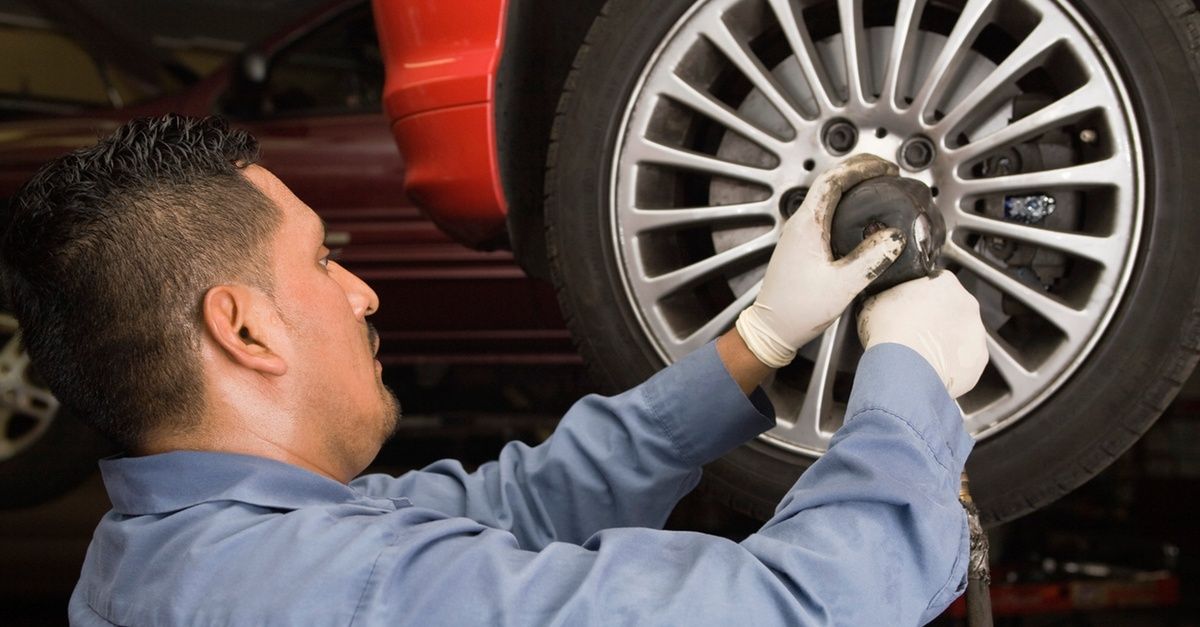Made in USA
Business Financing Available
Part No: TSI-1-PPK
Default Title - $2,995.00 USDQuantity
SHIPPING INFO
ACCESSORIES
DOWNLOADS
Related Categories: Axle Nut & Sockets Tire Changing Tools Tire Service International Tire Stud Tools
PRODUCT INFO
Other Popular Items:
Yes, if you are aware of the removal process, it is safe to remove the studs from the tires.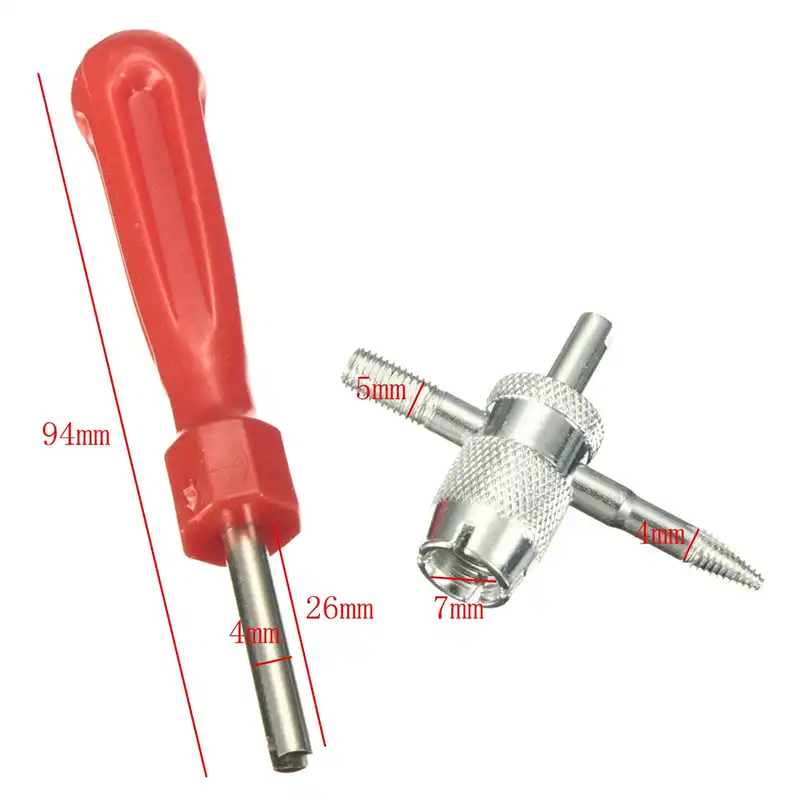 However, you need to ensure that there is no damage to the tire after you are done removing them.
However, you need to ensure that there is no damage to the tire after you are done removing them.
As these studs might be driven deep into the tires, there is a possibility of puncture. You can check it by immersing the tire in the water or by checking for air leakage. You can also spray some water on the tire and check for bubbles forming on it.
Supplies You’ll Need For Removing Tire StudsIf you are doing the job by yourself, it will be best if you gather up all the required supplies beforehand. It will be tough for you to get those studs out of the tires if you do not have the right supplies. Some of the most crucial things that you need are:
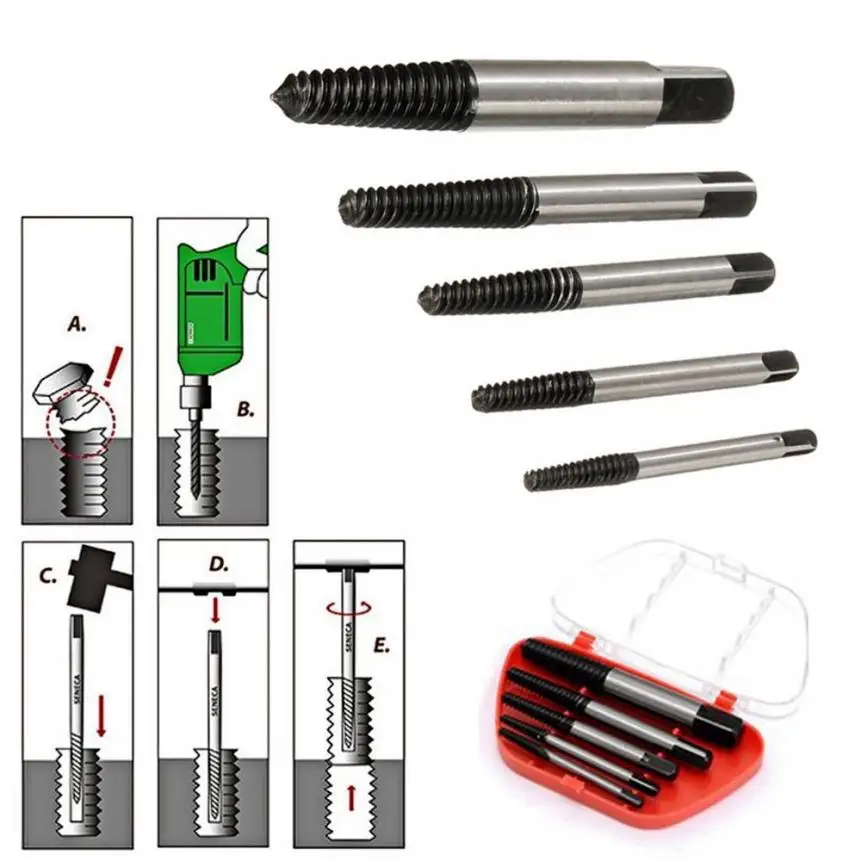 It will make the job easier.
It will make the job easier.Lubricant is necessary to prepare the tire for removal. It loosens the stud to some extent, thus making it easy to remove.
This is the supply that you will need at the end when you are done removing the tire studs and have to check the tire for damage like punctures.
How To Remove Tire StudsSo, here we are on the most crucial section of the post. The procedure to remove tire studs is a cakewalk if you are professional, but if you are doing it for the first time, you need to be a bit careful. Follow these steps:
Step 1: First off, you need to lift the car up with the jack and uninstall the tire from it. This will give you ample room to operate on the tire.
Step 2: After removing the tire from the car, get some lubricant and apply it over the tire studs area.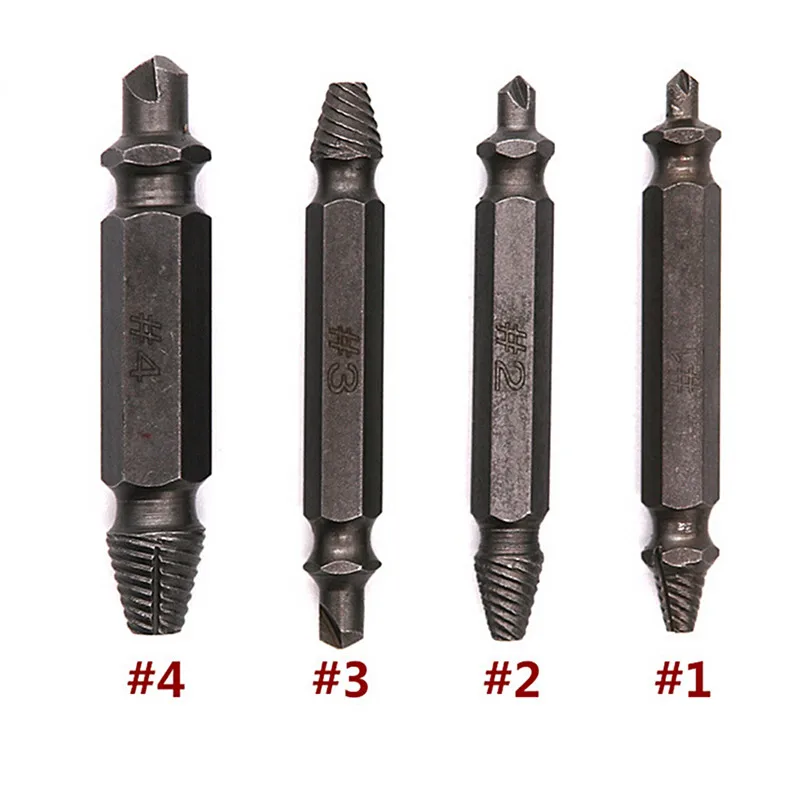 This is to make the tire studs easy to remove by loosening their grip from the tire.
This is to make the tire studs easy to remove by loosening their grip from the tire.
You can use dish soap, water, or just soap. Try not to use greasy lubricants as they can cause problems for you while driving.
Step 3: Once the studs are lubricated, place the tire on the floor for support or between your legs. Ensure that it does not move.
Step 4: Choose the right tool. If the stud is driven deep, take the tire stud remover, place it on the tire and drive it down to the bottom of the stud. After this, pull the stud out, and you are done. Keep in mind that you drive the tool to a certain depth and with minimal force to prevent damage.
If the studs have a flat base, it is best to drive the tip of the screwdriver under the base of the stud and lift it to pop it out. The third tool that you can use to remove tire studs is pliers. If your tire studs still have a tip left on the top, use the pliers to grab that tip and pull out the stud.
Step 5: Check the tire for damage like a puncture. Immerse it in the water or spray some water on the stud area to see if bubbles are formed.
Immerse it in the water or spray some water on the stud area to see if bubbles are formed.
The key thing that you need to consider while buying studded tires is if they are allowed in the area you live. As of now, 11 US states do not permit the use of studded tires, whereas 6 permit them without any legal boundings.
Some US states allow studded tires but only during a fixed time frame. You may have to pay hefty fines if you are using studded tires in a place where they are illegal.
Frequently Asked Questions:Which US states allow the use of studded tires?The US states that allow the use of studded tires includes Colorado, New Mexico, New Hampshire, Kentucky, Wyoming, Vermont.
Are there any other types of studs available?Yes, apart from metal, rubber studs are also available for use. These are permitted by some of the US states like Alaska, Florida, Los Angeles, Rhode Island, and Texas.
Well, you can use studded snow tires in summers but they may not be ideal. The studs may produce noise while tires roll over the road.
Plantar Warts is a type of wart that occurs on the soles of the feet and on the palms of the hands. Of all skin warts, plantar warts occur in 30%. They are the ones most often removed.
The only cause is the human papillomavirus, HPV for short.
Scheme of infection: people scratched the skin. The virus enters the skin. Embedded in the genes of skin cells. The cell takes on ugly forms, becoming similar to tumor cells.
Caution: Some types of human papillomavirus can cause cervical dysplasia and cancer. Infection with the type of HPV that causes warts occurs during childhood.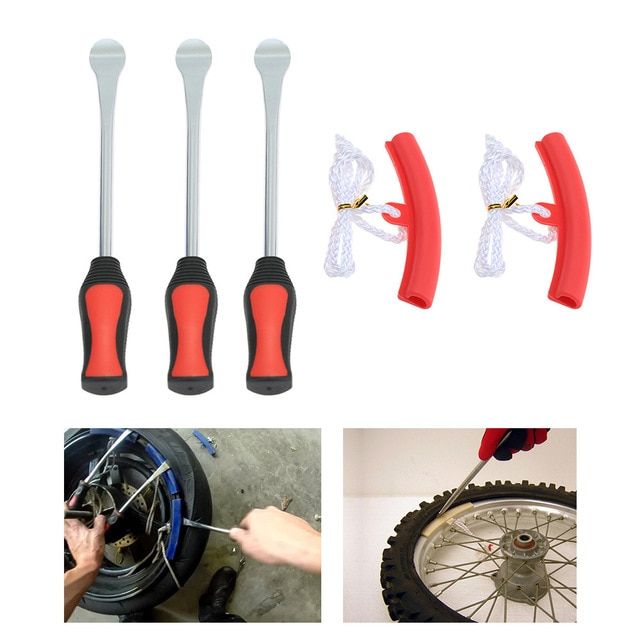 Almost all children become infected with this virus - in kindergartens, at schools, in public places. But not everyone gets sick - it all depends on the immune system. In childhood, warts appear for the first time. Then the adult's immune system copes with this virus. Therefore, in adults, warts on the skin rarely appear. And if an adult has spikes, this indicates a decrease in the activity of the immune system. Entrance gates for the virus are injuries of the soles of the feet and palms: scratches, cuts, abrasions and calluses. Provoking factors - excessive sweating of the feet and wearing tight shoes, stress.
Almost all children become infected with this virus - in kindergartens, at schools, in public places. But not everyone gets sick - it all depends on the immune system. In childhood, warts appear for the first time. Then the adult's immune system copes with this virus. Therefore, in adults, warts on the skin rarely appear. And if an adult has spikes, this indicates a decrease in the activity of the immune system. Entrance gates for the virus are injuries of the soles of the feet and palms: scratches, cuts, abrasions and calluses. Provoking factors - excessive sweating of the feet and wearing tight shoes, stress.
Main manifestation : hard, round formation on the palm or sole of the foot.
Main symptom : Pain when walking and itching around the wart.
Initial stage:
After 2-4 weeks:
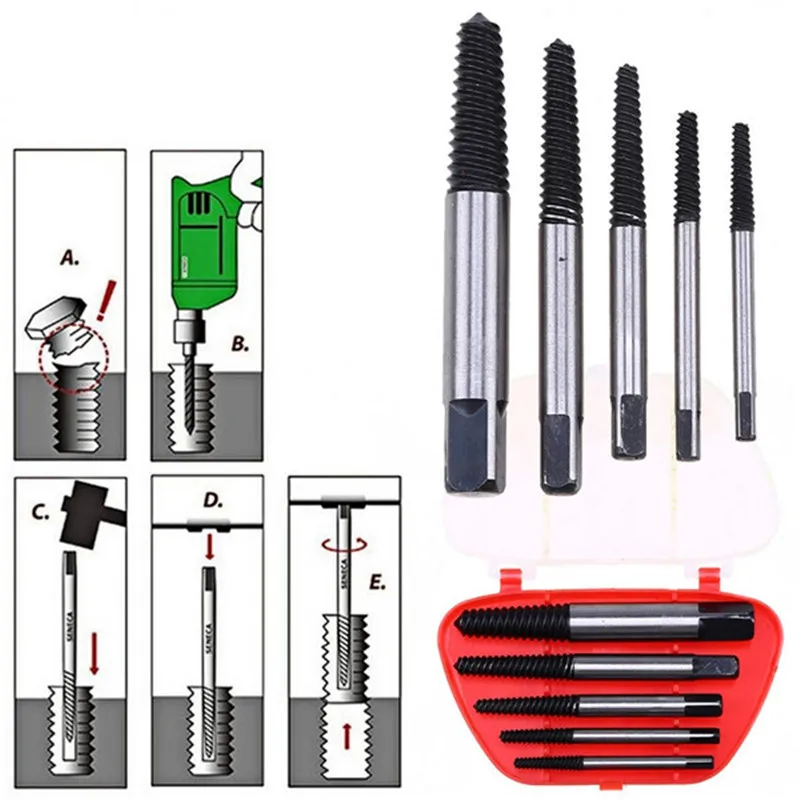
Why?
Dimensions - 3 -10 mm. At the same time, they rise above the surface of the skin by only 1-2 mm, because they grow inward and in breadth. Child warts may appear nearby. They merge with the mother and form a painful conglomerate. This is a clear indicator of a decrease in immunity. And this often requires medical treatment.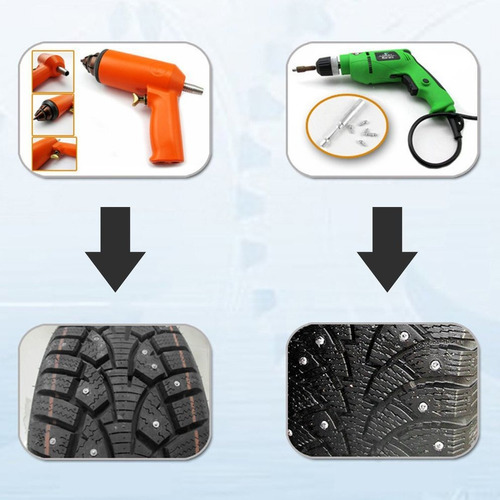
Methods of treatment:
In 90% of people, a plantar wart goes away without treatment at an early stage. The immune system suppresses the virus and heals the skin. The time of self-healing depends on the stage of the process: from 2 weeks to 1.5 years.
When should a thorn be treated?
How and with what to treat warts on the feet?
Removal - a treatment that is successful in 98% of patients
Drug removal
Local necrotizing agents are used for this purpose. Solcoderm, vartoks, duofilm, kollomak, super celandine and others They contain acids or alkalis. Removal of plantar warts (thorns) occurs through a chemical burn of the skin. The wart is dying. And in this place there is an inconspicuous scar.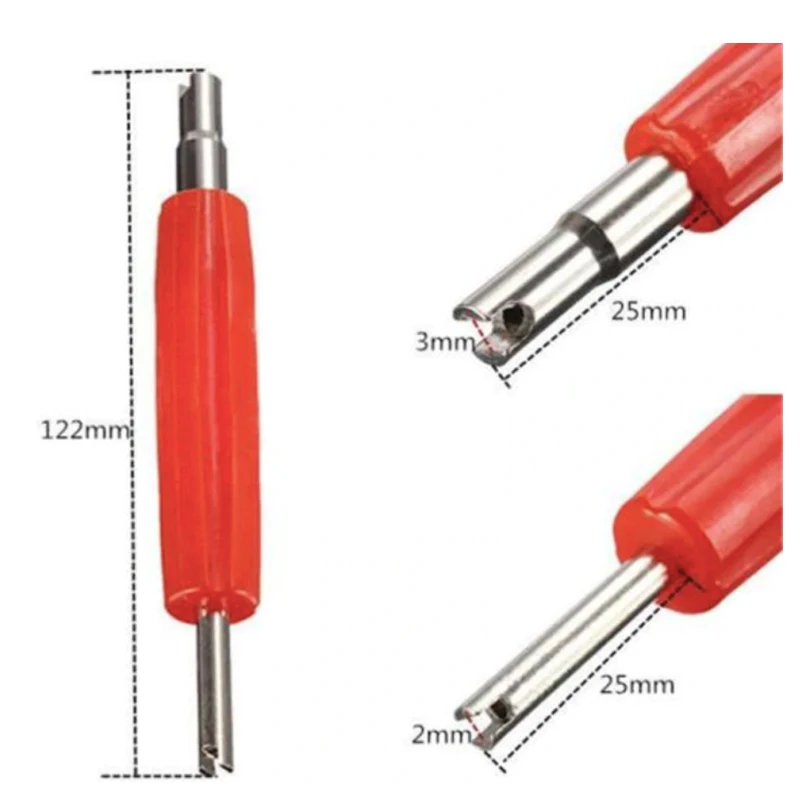 The treatment time is long: an average of 14-20 days). The probability of recurrence (reappearance at the same place) is very high.
The treatment time is long: an average of 14-20 days). The probability of recurrence (reappearance at the same place) is very high.
Instrument removal
Your wart will be vaporized by the laser. In this place you will have a deep wound. The wound will heal in 10-14 days. Disadvantages of the method: deep wound after removal. Rough scarring.
Deep freezing of tissue occurs. A bubble forms. It will hurt a lot and then hurt more!! Heals 14 days. Disadvantages of the method: Severe pain during removal and after removal. Prolonged healing. Rough scar.
The same effect as from the laser - tissue evaporation. And only a deepening-wound will remain from the wart.
Advantages of the method:
Nearby vessels are coagulated, forming a dense crust at the site of the neoplasm, so the removal is performed without damage to the vessels and does not cause even the slightest blood loss. The crust disappears on its own after 7-10 days. In its place is an inconspicuous scar.
The crust disappears on its own after 7-10 days. In its place is an inconspicuous scar.
The wart is burned out with an electrocoagulator. This is the same scalpel, only electric. It is now rarely used in large clinics.
Prevention is the foundation of the foundations
plantar wart wart removal spine
A spinous is a wart that most often forms on the palms, feet, fingers and toes. The neoplasm, although it has a benign nature, is extremely painful. The sharp pain that occurs when pressure is applied to it is comparable to a sharp prick of a medical needle or a metal spike.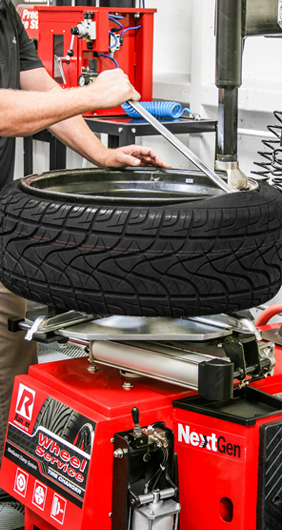
We will tell you in detail below why spines appear and how to deal with them.
Human papillomavirus provokes the development of various benign neoplasms and skin growths on the face, body and extremities of people. Warts, including thorns, are a manifestation of one of the many strains of HPV; under certain conditions, they can appear in any infected person. In this case, neither the sex nor the age of the infected do not matter.
When the spike first appears, it is a small rough patch of white or pale yellow skin. After some time, this area becomes denser, grows and turns into a well-defined skin growth. During this period, it is easy to confuse it with dry corn or corns, but unlike them, the spike has deep thread-like roots that grow into the nerve endings. This explains the resulting pain.
Thorn is easy to identify by the following features:
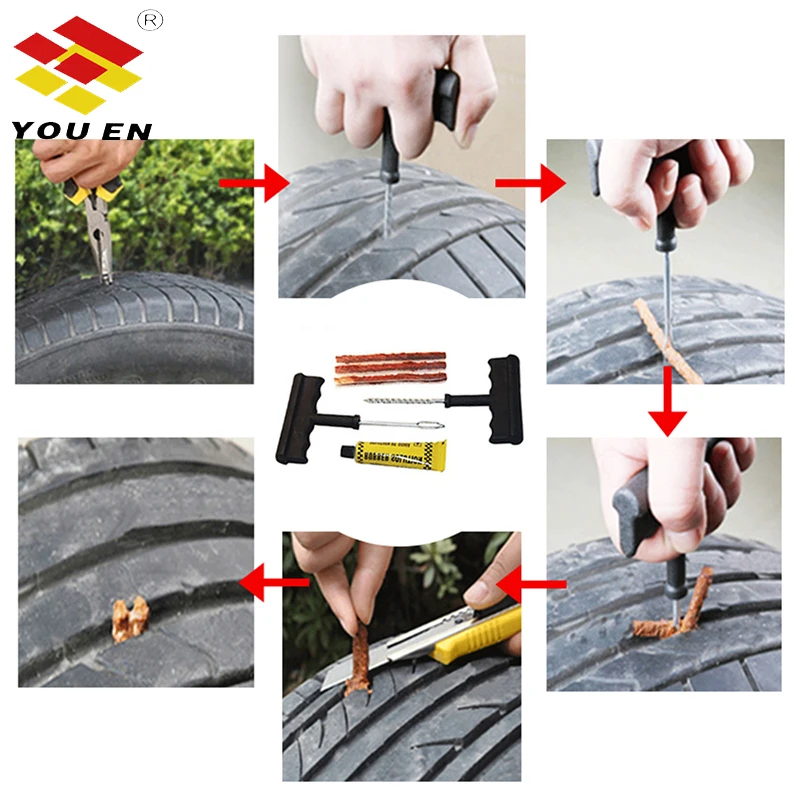
You can also see a visual difference between the spine and other similar growths in the photographs below.
According to statistics, every 5th inhabitant on the planet is infected with HPV. The virus, penetrating the skin through microtrauma, changes the genetic structure of cells. This leads to the fact that the infected cell loses its natural properties, begins to divide uncontrollably, forming tumors and growths, a particular manifestation of which are warts, including spines.
You can learn more about how the human papillomavirus behaves in a separate article "Human papillomavirus". Here we will only add that HPV often “sleeps” in cells. And "wakes up" only when the body experiences increased stress.
In addition, the following factors can provoke the development of thorns:

Let's note right away: traditional methods of treating thorn are ineffective. This is due to the fact that almost all home remedies that are used to remove skin growths are topical. That is, they affect only the surface of the neoplasm. A spike is a wart with deep roots sprouted to the nerves.
It turns out that even if you manage to burn or remove the body of the wart, you will not get rid of the pain, and the growth will appear again after a while. That is why it is advisable to treat the spikelet with a specialist.
Modern medicine offers several topical and effective methods for removing various types of skin growths:
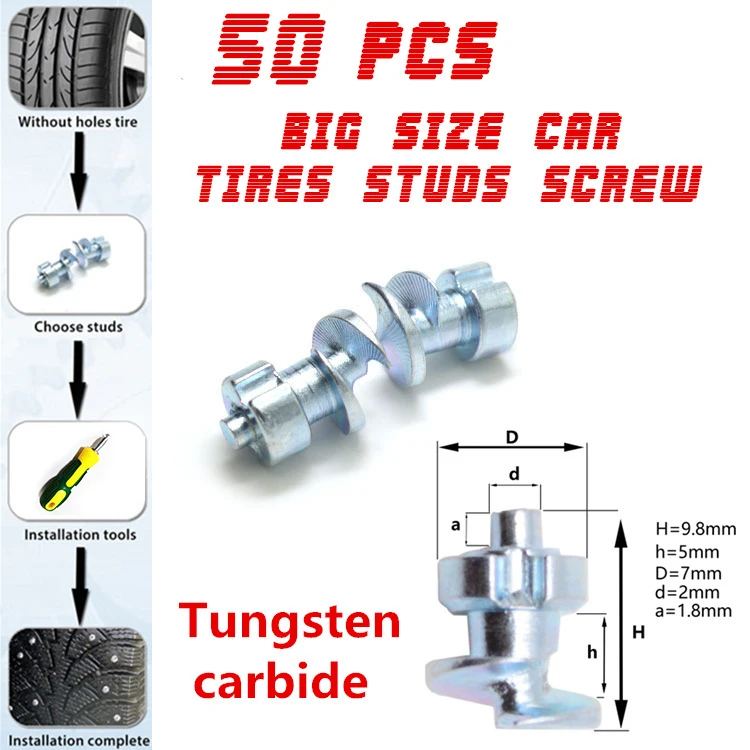 This can cause scarring on damaged areas of the skin.
This can cause scarring on damaged areas of the skin. You can read more about the procedure for laser removal of neoplasms on the corresponding page.